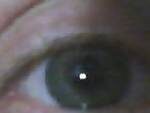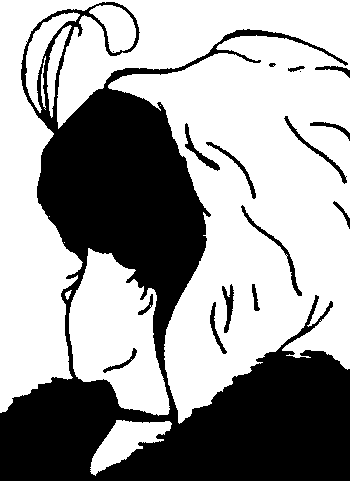Seeing is Believing: Vision & Visual Culture from Outer Space to Cyberspace
What is the relationship between what we see and what we know? How does visual culture facilitate our knowledge of self, other, and the empirical word? The expression “I see” often conveys understanding, and our sense of sight is often regarded as superior to other senses in acquiring knowledge of the empirical world. Ocularcentrism, or overreliance on vision and privileging of visual knowledge over other ways of knowing, has predisposed western society to value seeing, sight, and vision over other senses in the acquisition of empirical knowledge. Seeing Is Believing will examine vision and seeing from Ancient Greece to the present, considering the development and evolution of visual technologies and the empowering of visual knowing over other sensory ways of knowing, such as hearing.
When is visual technology emancipatory and when does it tether us to behaviors or object? Questions about such consequences of vision mediated or controlled by others span ancient and modern times, from Plato’s “Allegory of the Cave” to Foucault’s theory of Panopticonism. Starting in the early Victorian period, new visual technologies involving the mechanical reproduction of images began to replace how reality was and could be represented—and to influence the seeing subject in terms of what and how the observing eye could see. Cameras, plate window glass, photographs, and moving pictures introduced new ways of seeing that still conveyed information and entertained audiences, but also enticed and managed consumer subjects in the capitalist marketplace.
When does visual technology ironically prevent us from really seeing beyond appearances? How do we see “the other?” We will continue our analysis of seeing as paradoxically emancipatory yet simultaneously and dangerously enthralling by applying theories and technologies of vision to the racially “other” human subject’s visibility, invisibility and hyper-visibility, and the social and political ramifications of being seen vs. unseen.
How does the continued dominance of vision and visual culture determine and affect our identity, subjectivity, and agency? We will examine to what extent virtual worlds–generated by and existing in the circuitry and code of computers and cell phones– influence, manage, and control us as viewers and spectators. Our examination of visual technologies impact on vision & seeing will culminate in imagining the impact of ocularcentrism and the continuous barrage of visual images and technologies on ourselves not just as viewers, but also as social, political, and consuming subjects of information, social media, news media, entertainment, commodities, etc.
Can we trust what we see? Can we control what we see–and interpret what images mean? Is seeing believing?


Leave a Reply
You must be logged in to post a comment.